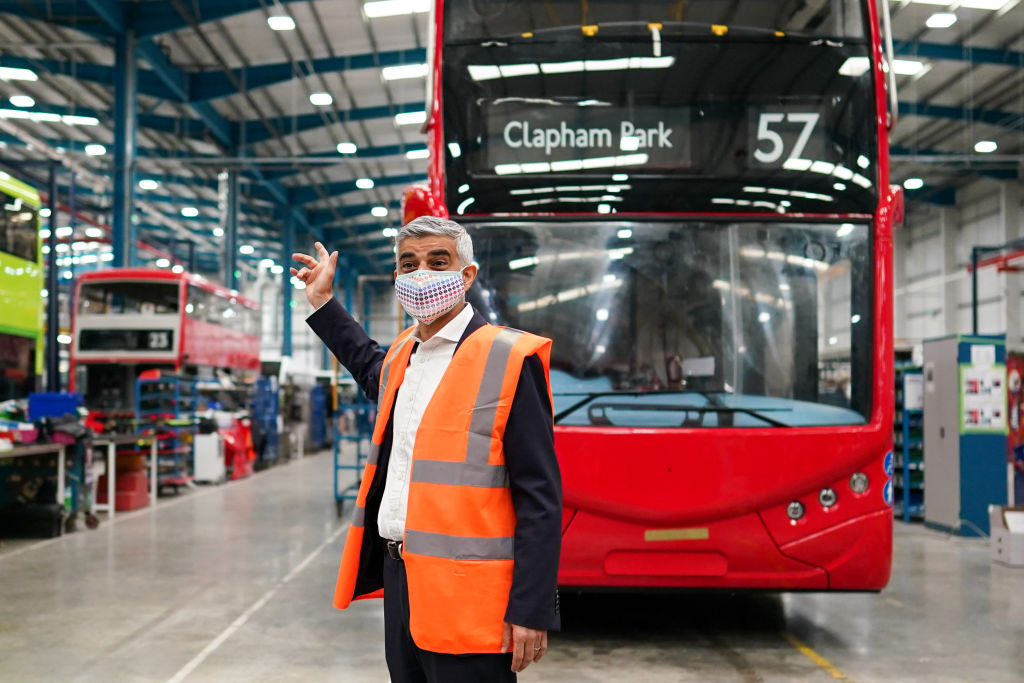Londoners pay the price as Khan and No10 stay on the carousel of fights over TfL funding

A FEW weeks ago, after months of wrangling, Transport for London and the Department for Transport finally agreed a slightly longer term short-term funding deal for the network. After a series of deals lasting a week or two at a time, this one runs until June. We don’t know what’s going to happen in June – it may be that the network is able to run more or less as it did before, or there may be serious cuts, perhaps including some bus or tube routes stopping altogether.
This is a peculiarly London problem. Across the world, public transport use fell dramatically during the pandemic as people did what they were told and stayed at home. In London, and in other big cities in Europe and the USA, public transport use is on the way up again, but it’s still not at the levels we saw before the pandemic, as hybrid working is becoming the norm and international tourism is still subdued.
London is unusual in that most of its public transport funding comes from fares, rather than taxes – so it’s especially vulnerable when traveller numbers drop. As well as running tubes, trams and buses, Transport for London is also responsible for many of London’s major roads, including the North and South Circular – surely one of the only places where public transport users are required to subsidise drivers. Falling revenue from tubes and buses threatens the maintenance of these roads as well.
As we have seen with last week’s tube strikes, Transport for London’s situation affects everyone in the capital. I live several miles from a tube station, but the roads near me were busier and more polluted than usual on Tuesday as people sought different ways to get around. Businesses are of course affected if their staff can’t get to work or get to work late, and deliveries and tradespeople are slowed down if the roads get clogged with drivers who would have been on public transport. Entertainment and hospitality businesses could suffer if services are cut and it’s harder for people to get home safely and easily after a drink or a show.
But things could end up being much worse for lower income Londoners – especially as this month’s fare rises have coincided with higher prices for gas, electricity and food. Tube travel fell more than bus travel during the pandemic – not surprising since many of the people who use buses are key workers who cannot work from home, or young people travelling to school or college. Tube fares have historically subsidised bus fares, so falls in tube use threaten bus services. This would be a particular problem for wheelchair users – there is only one wheelchair space per bus, and if it is taken then wheelchair users must wait for the next, so halving the frequency of buses on a route could make travel a great deal harder.
The Mayor has agreed with the government to try to get Transport for London on a better financial footing by June, though his options for doing this are quite limited given that the unions will of course oppose cuts to pay, pensions and conditions. Friday’s announcement that the ULEZ will be extended to cover the whole of London will be welcome news for many living on polluted streets, but based on the experience of the current ULEZ it probably won’t raise that much money as most people will replace their polluting cars.
So the debate will continue with an almost exhausting consistency, and in the meantime, what will happen to low-income Londoners and businesses will remain shrouded in uncertainty.